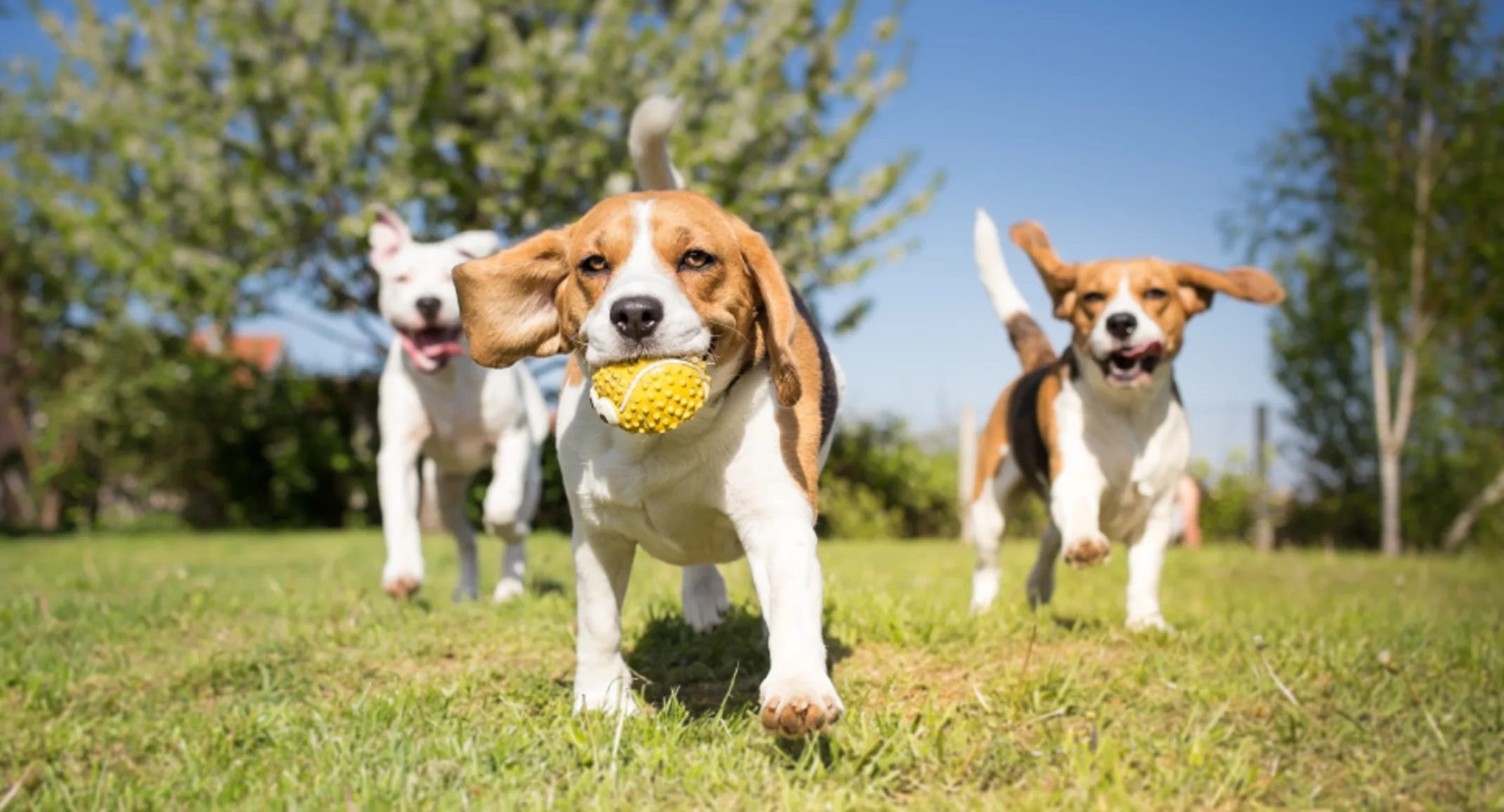Dog Behavior: Pack Mentality and Dog Park Safety
Dog Behavior

Dog parks can be wonderful places for pets and their people to play, exercise, and cultivate an enduring friendship. Indeed, images of happy, carefree dogs frolicking in an open field come to mind – but the reality is often much different. Certain aspects of dog behavior preclude a safe, enjoyable experience, but a successful visit also hinges on a dog owner’s fully realized understanding of the pack mentality.
Take the Time
Taking your dog into an unfamiliar dog park with strange dogs may quickly trigger pack instincts. Some dogs naturally lead the pack; others try to contend with challengers. Some dogs can be quite content to follow the pecking order within the pack, while others display absolute avoidance or downright shyness when it comes to other dogs they haven’t met before.
A dog who’s new to the park resets the established order, and dog behavior can include aggression towards the perceived intruder of their territory. Dominance and fear are behind most fights.
Noticeable Shift
The dynamic between owners and their dogs centers on humans assuming the role of alpha, also known as the leader. Dogs are pack animals, and every pack has an alpha. Within the pack, other members are either dominant or submissive. In other words, every individual has a place.
For there to be peace at home, a dog must view their human owner as the alpha. Without this acknowledgement, a lack of good dog behavior presents major challenges.
Eye Contact
Dogs typically run over to their owners and stand near them if they feel threatened. They depend on their alpha owners to protect them. The hope is that dog owners only bring well behaved, highly socialized dogs to the dog park, but unfortunately, it doesn’t always work out like that.
How should you handle dog behavior at the dog park? We have some ideas for you:
Closely observe canine body language. Look for stiff legs and back, tail position, and fur characteristics.
If your dog shows any signs of fear, stress, dominance, or aggression, leave and try again after working together.
Try to connect the dogs at play with the owners watching or standing around. If you ever need to speak to them, you’ll know who belongs to whom. Likewise, take note of the owners not watching their own dogs; they can miss egregious dog behavior.
Intervene quickly if you see any signs of aggression or fighting. Do not place yourself or your dog in a dangerous situation. Know where all the exits are, and have a cursory grasp of the park terrain.
Visit the park during off-peak hours, thereby reducing the potential run-ins with dogs who are aggressive.
As soon as the leash comes off, don’t take your eyes off your pup.
If your dog has a lot of energy to burn, get a run in before visiting the dog park.
Reward your dog for good dog behavior with a game, treat, or special toy after leaving the dog park.
Instead of a public dog park, host a gathering of your own. Invite the dogs you know, provide safe activities for them, and cultivate a satisfying social experience.
Top Notch Dog Behavior
The bottom line is that dog behavior involves an immediate recognition of pack mentality. Their ancestral instincts simply take over when they find themselves in a group. If you need help training your dog or have questions about dog behavior, we hope you’ll let us know.
